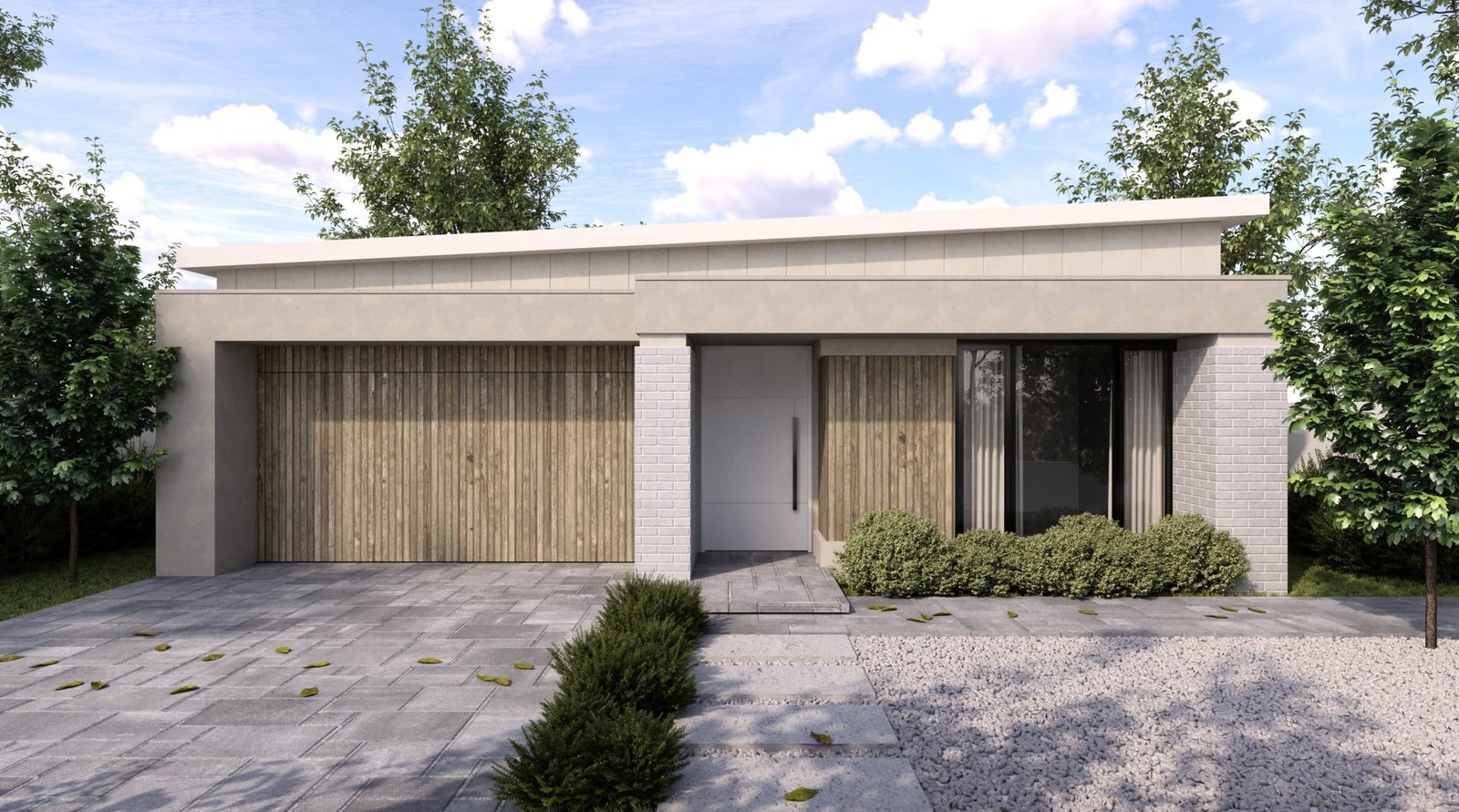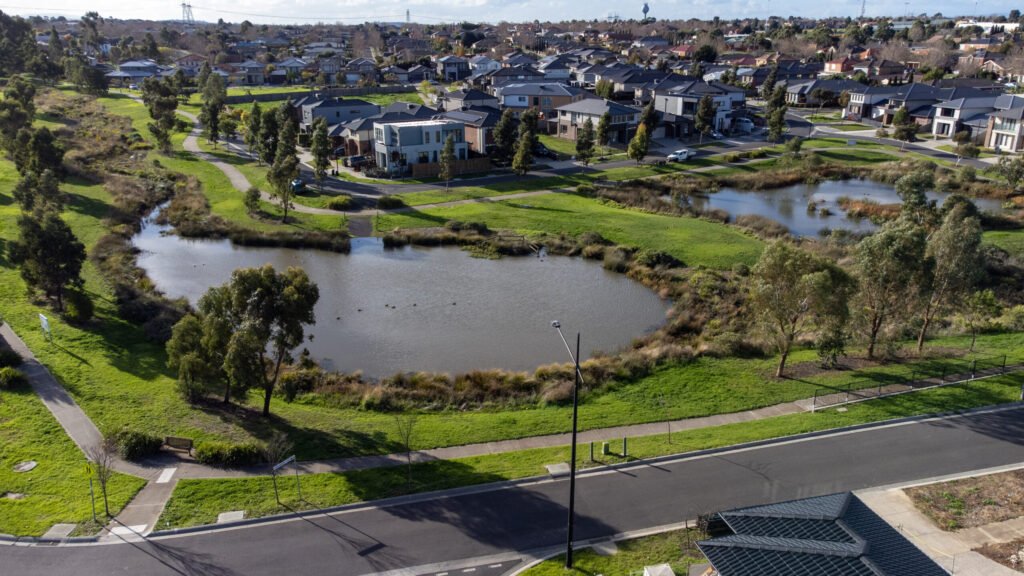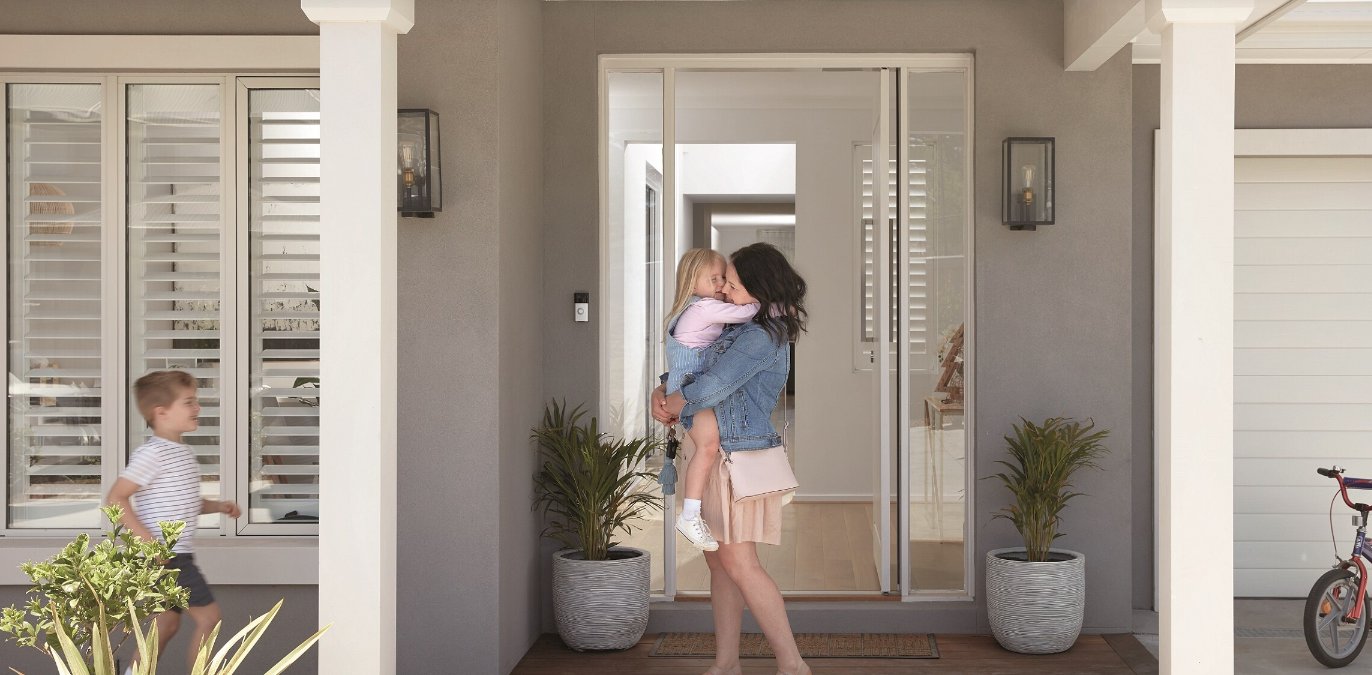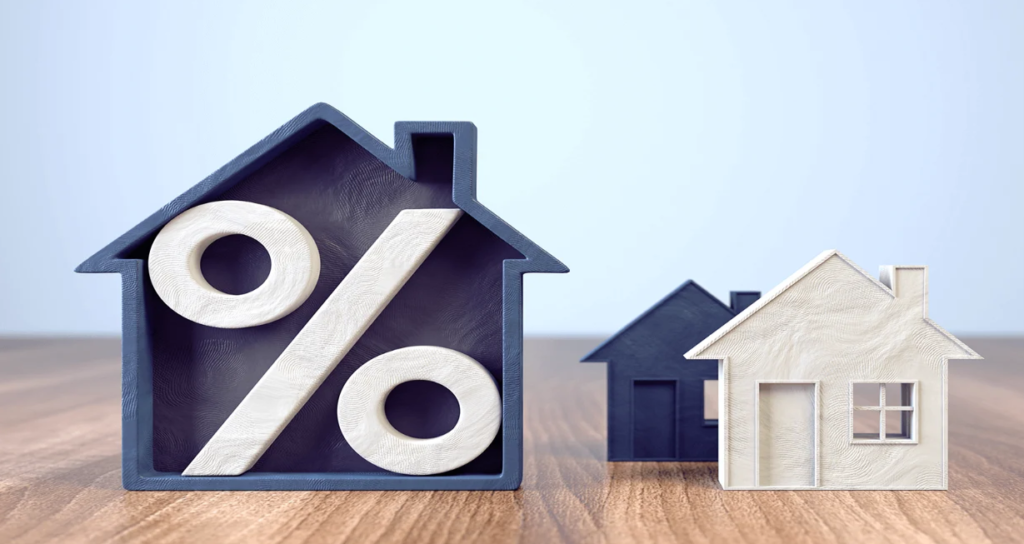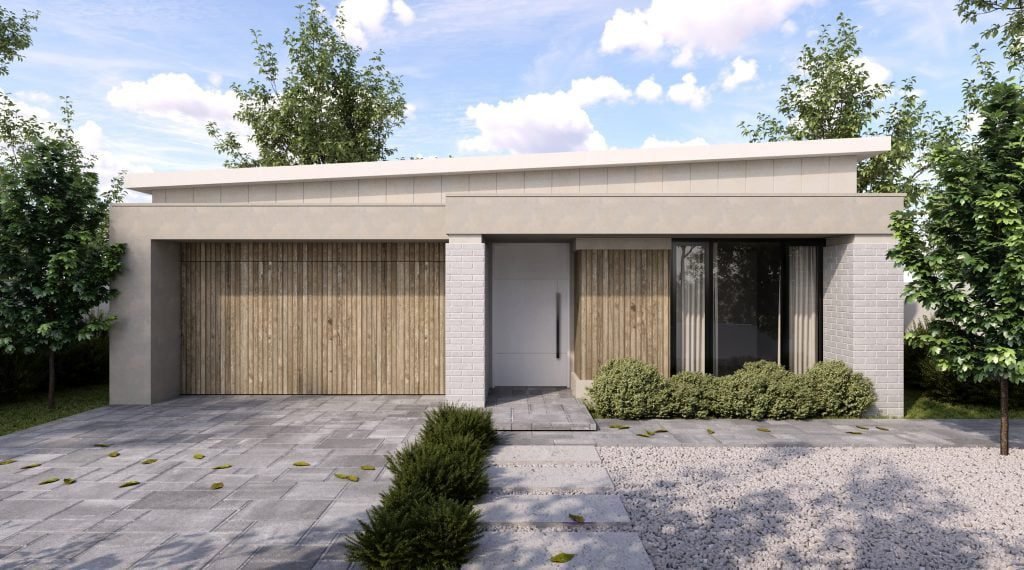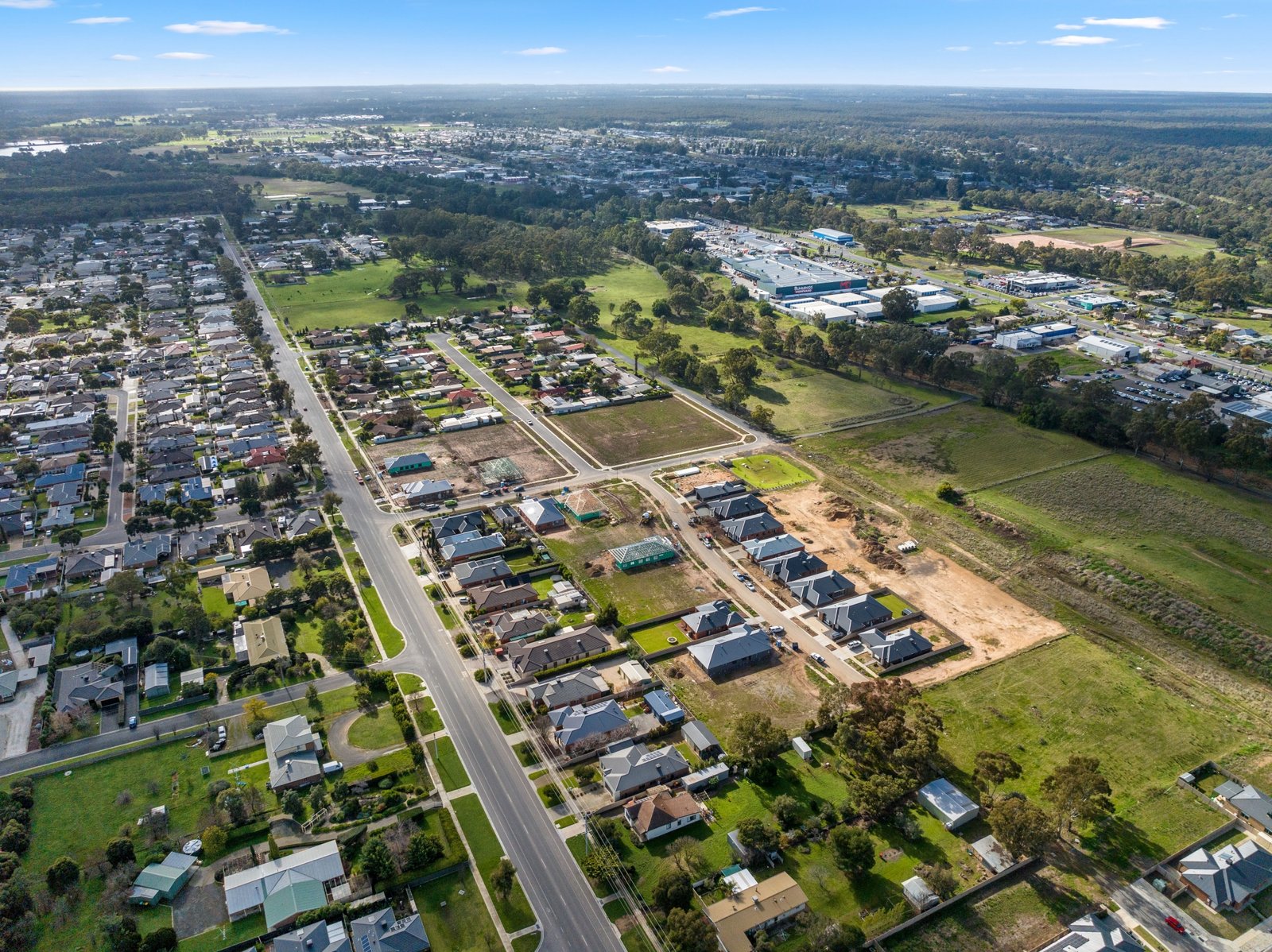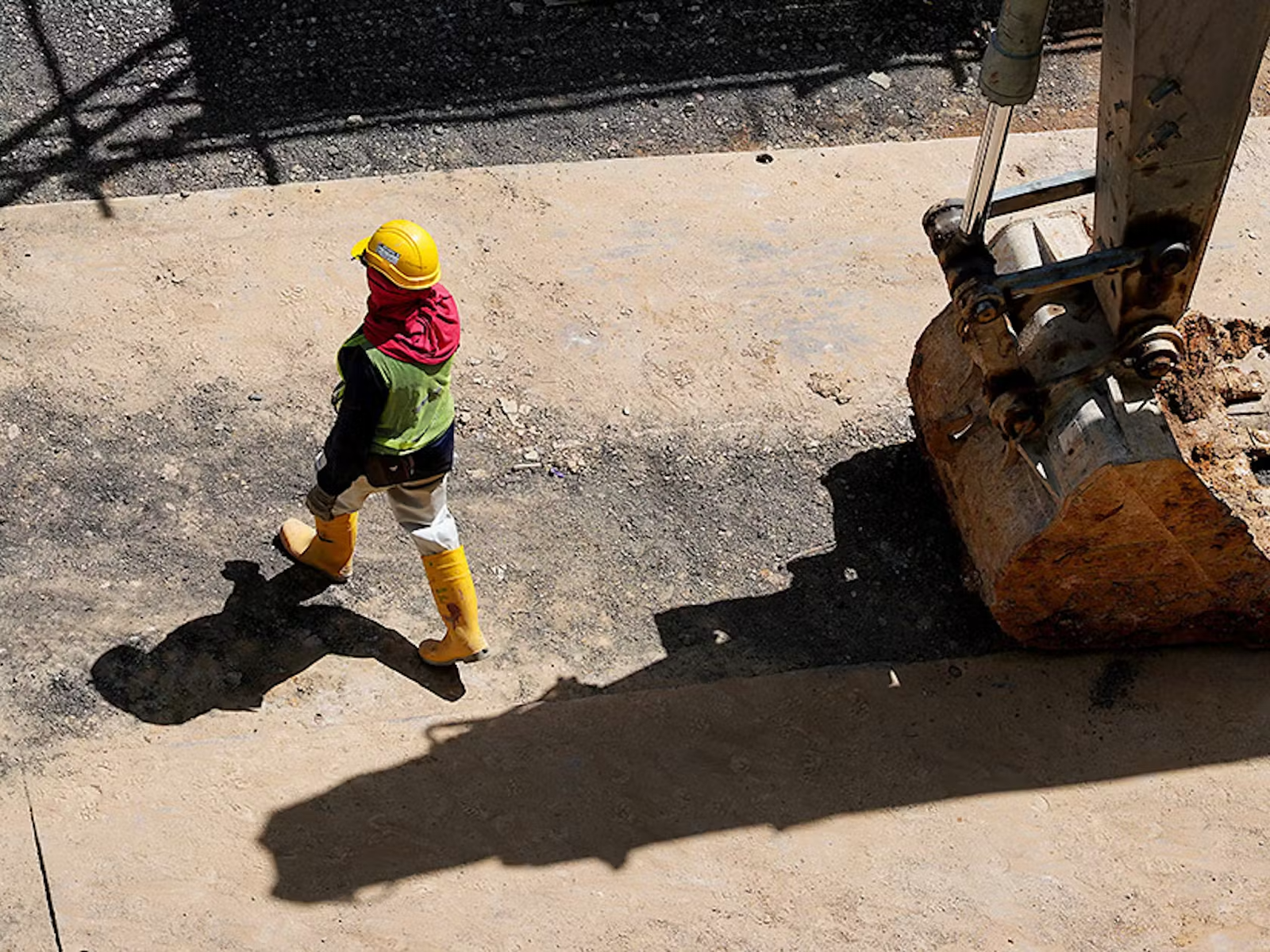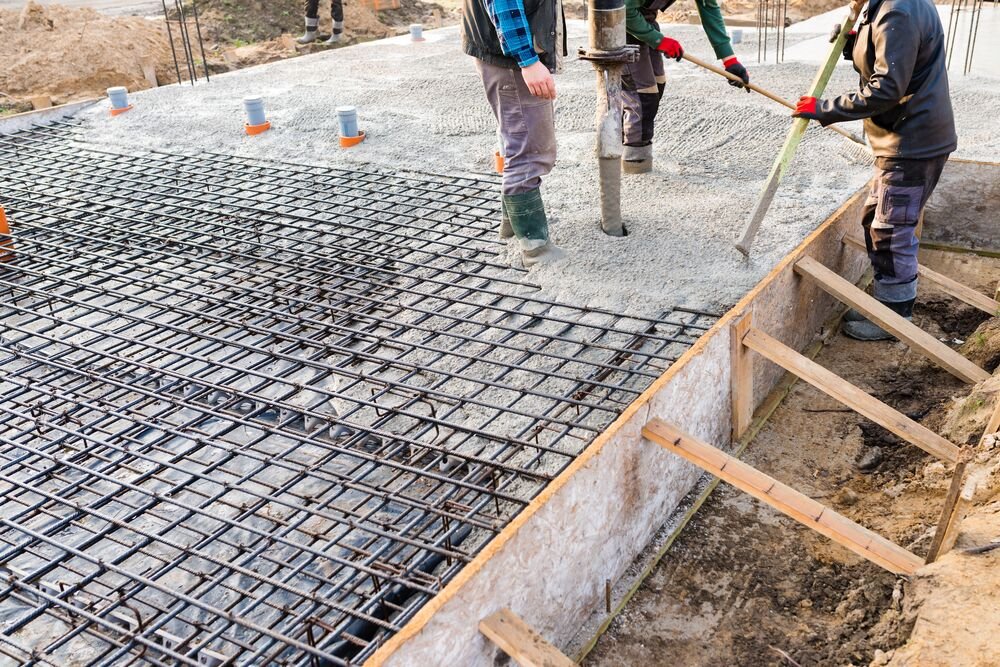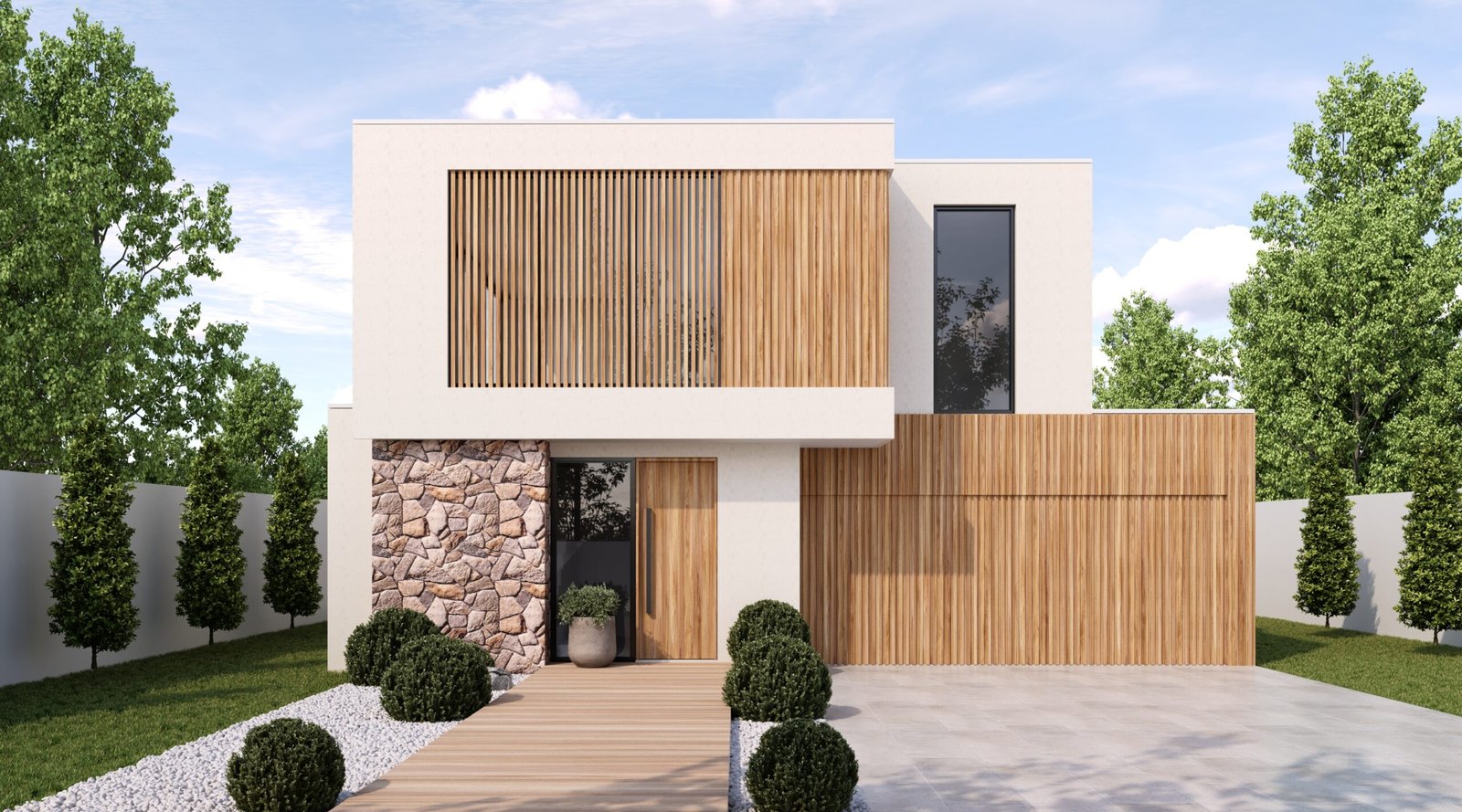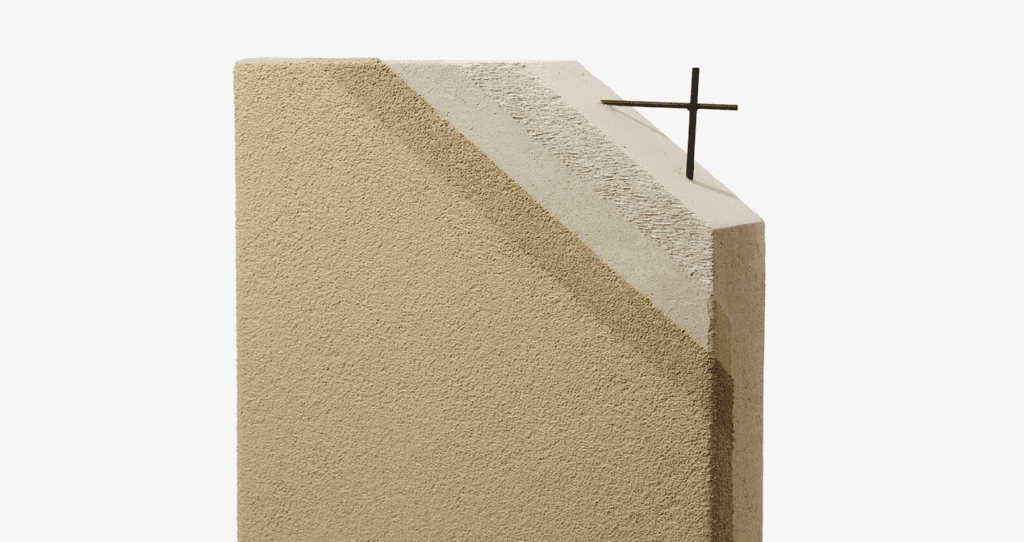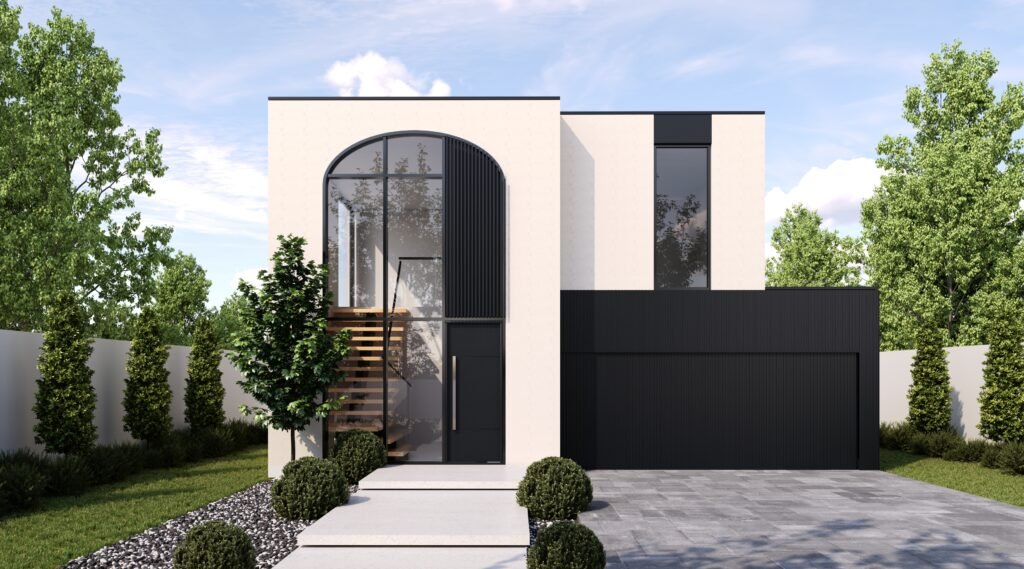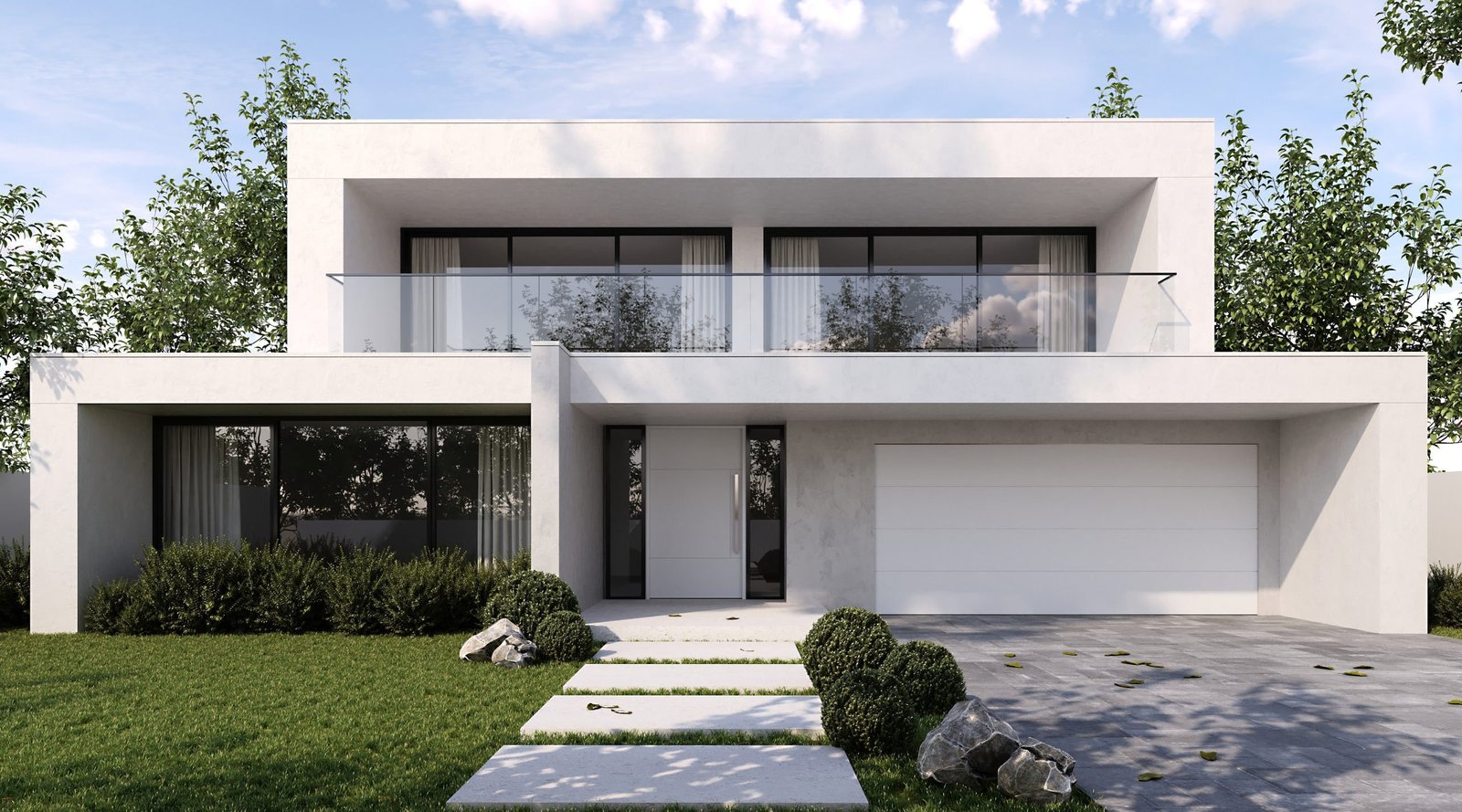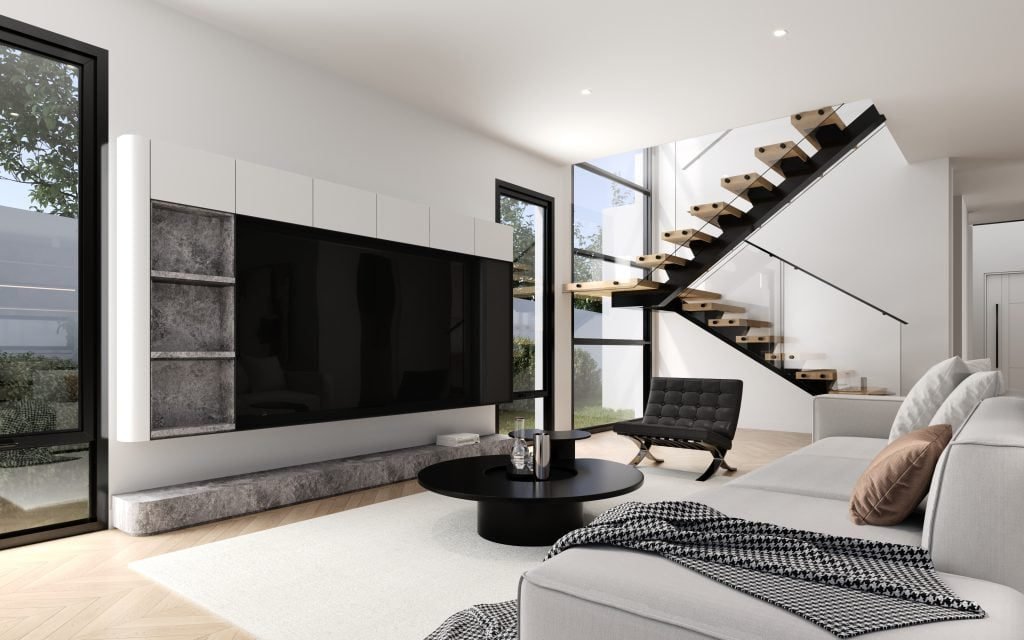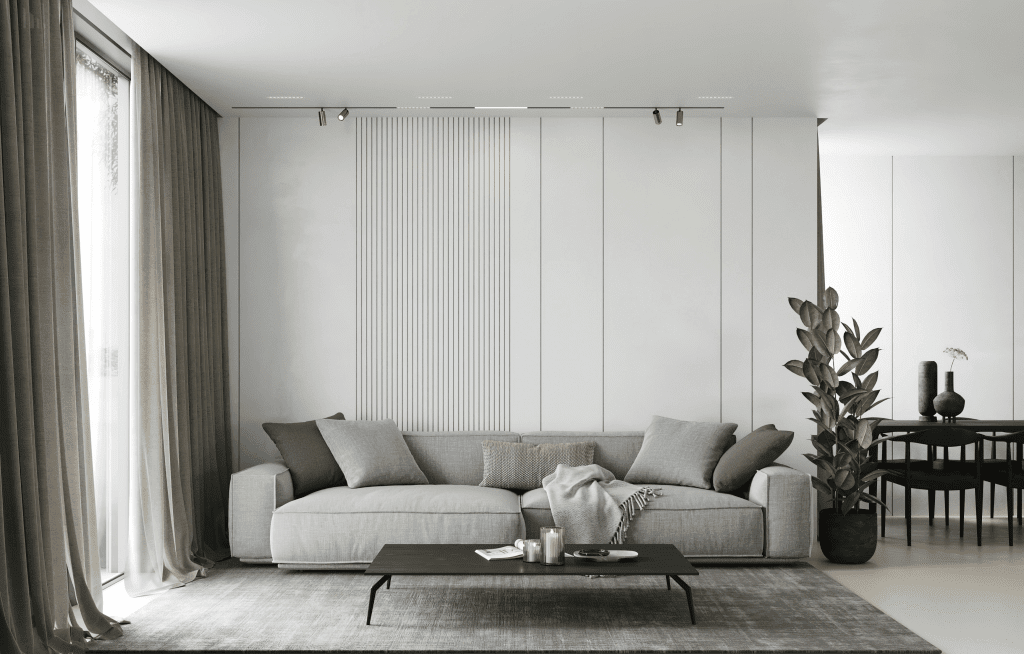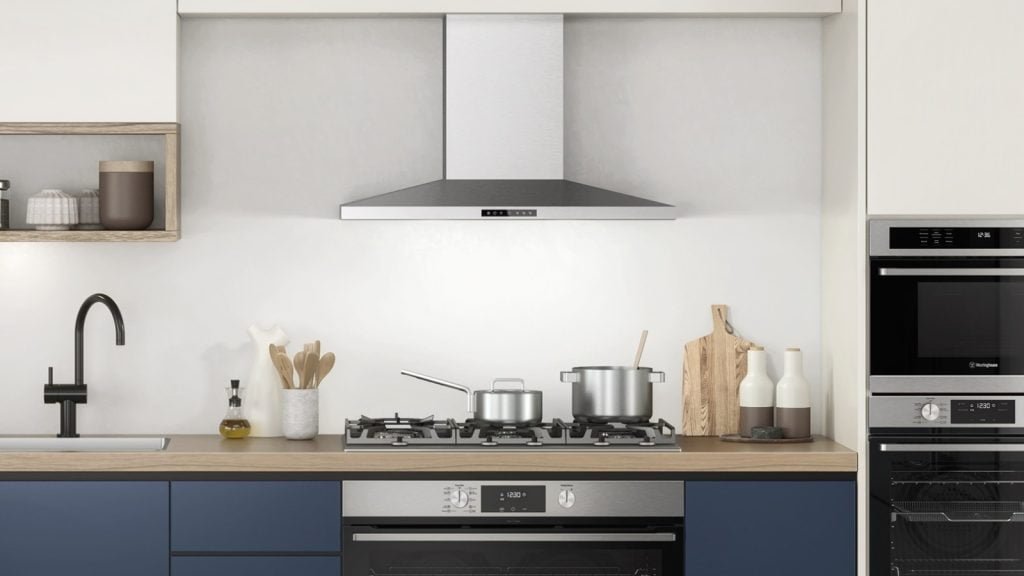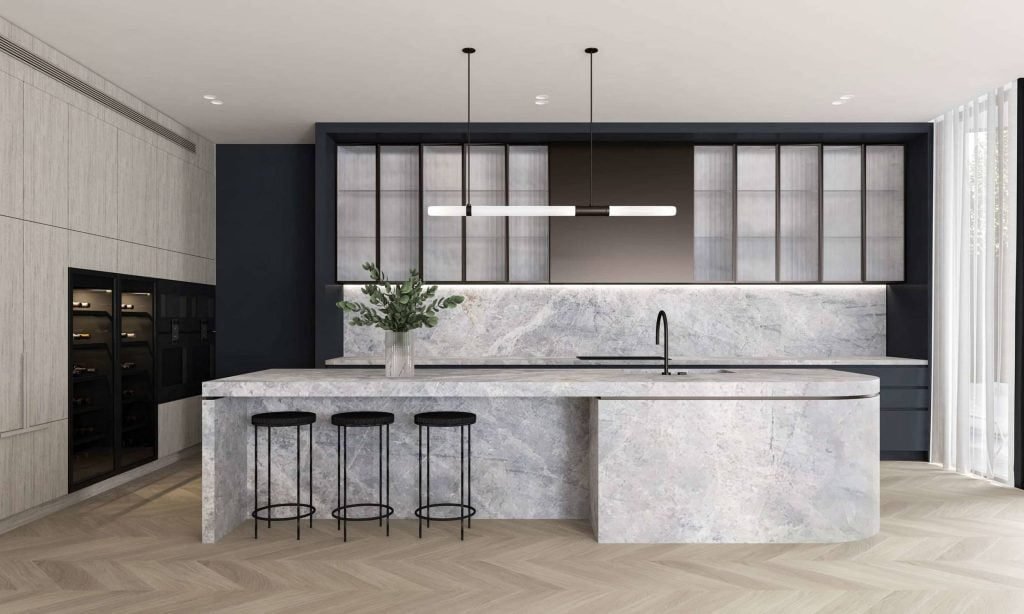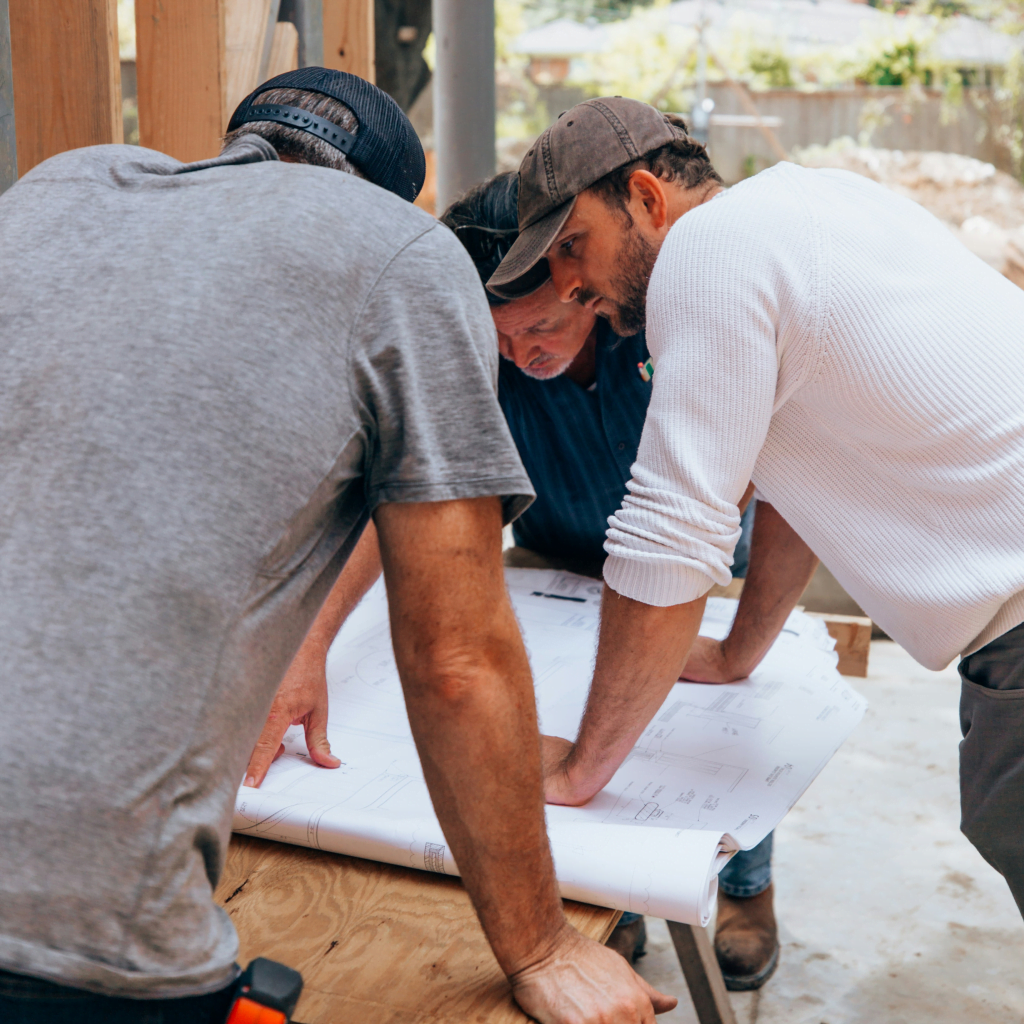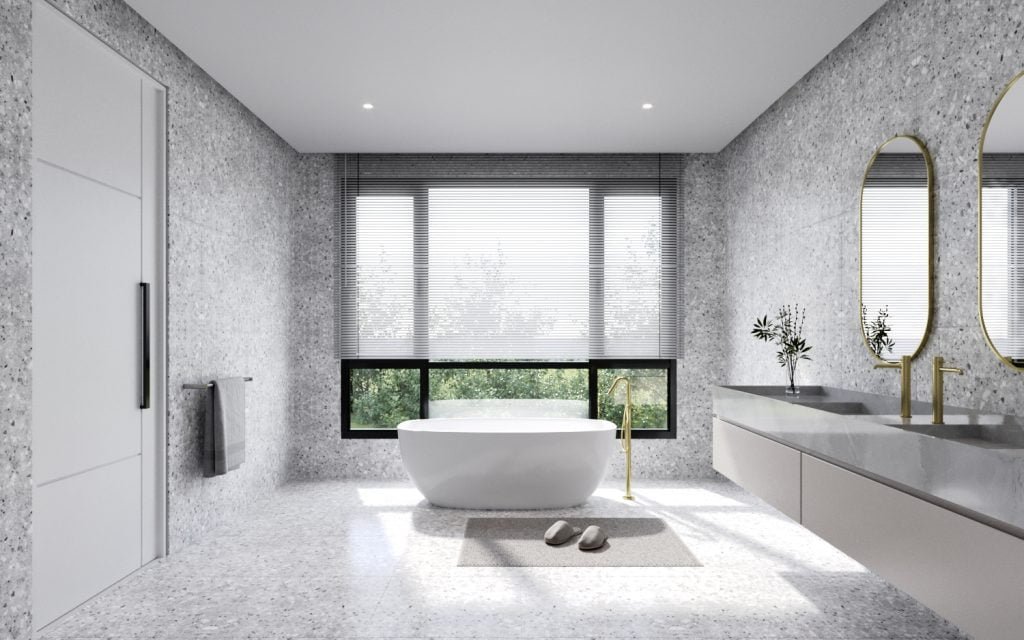Create with a focus on a better tomorrow and learn about the many benefits of steel roofing.
Not only does steel roofing enhance your home's aesthetic appeal, but it also provides numerous benefits, including exceptional durability, energy efficiency, and minimal maintenance requirements. By choosing steel roofing, you can create a dream home that remains comfortable and visually striking for years to come, ensuring long-term value and satisfaction.
Steel roofing is the perfect choice for homeowners seeking an ideal solution to bring their dream build to life.
When embarking on the journey of building your dream home, every detail matters. The excitement and sense of achievement that come with creating a space where memories will be made and dreams will come to life are unparalleled. At Senka Homes, we understand that your home is not just a structure but a reflection of your vision, creativity, and lifestyle.
A crucial aspect of making your dream project a reality is selecting the right roof. The roof constitutes approximately one-third of your home’s exterior, influencing its overall aesthetic and curb appeal. More than just a design element, it plays a vital role in protecting your most cherished possessions within the home. Choosing the right roofing material can significantly affect the long-term value and performance of your build, making steel roofing an ideal choice.
Here are 11 essential reasons why opting for a steel roof is an outstanding solution for your dream home:
Stunning Aesthetics
Steel roofing offers a visually striking and modern finish that enhances the overall design of your home. With contemporary manufacturing techniques, steel is available in various profiles that not only maximise design appeal but also ensure durability. This versatile material complements most home styles, from traditional to contemporary, ensuring your residence stands out.
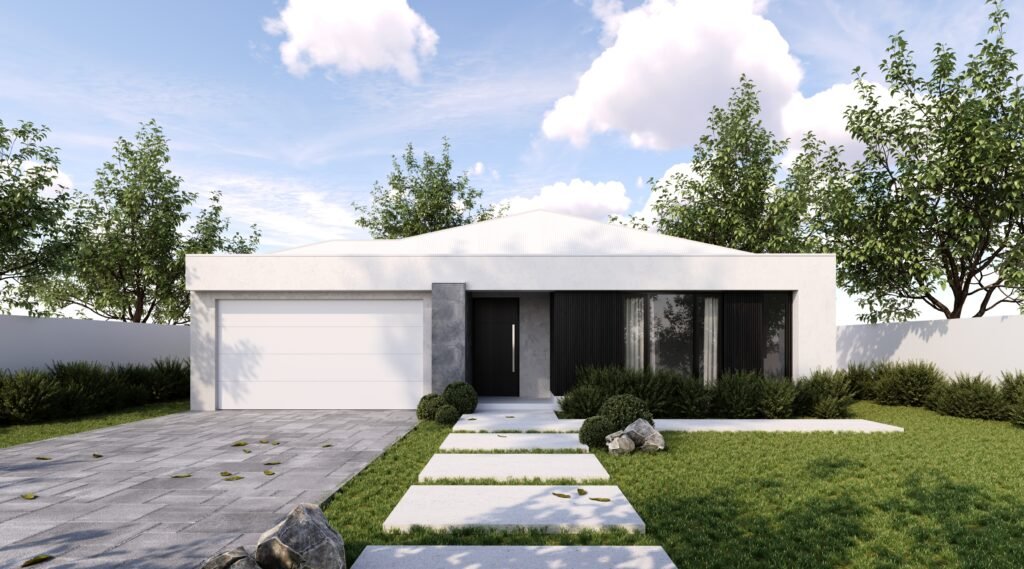
Low Maintenance
One of the most appealing features of steel roofing is its minimal maintenance requirements. After installation, the upkeep involves simple inspections and occasional rinsing, especially in coastal areas. Unlike other roofing materials that may need frequent repairs or replacements, steel roofs are built to last, allowing you to focus on enjoying your home.
Protection Against the Elements
Steel roofing is engineered to withstand harsh weather conditions. Whether it’s hail, high winds, torrential rain, or heavy snowfall, steel provides superior protection. Its non-combustible nature makes it an excellent choice for fire-prone areas, as it resists sparks and embers, ensuring safety for you and your family.
Security Assurance
The installation process of steel roofing ensures that it is securely fixed in place, making it impervious to unauthorised access. This added layer of security gives homeowners peace of mind, knowing that their home is well-protected.
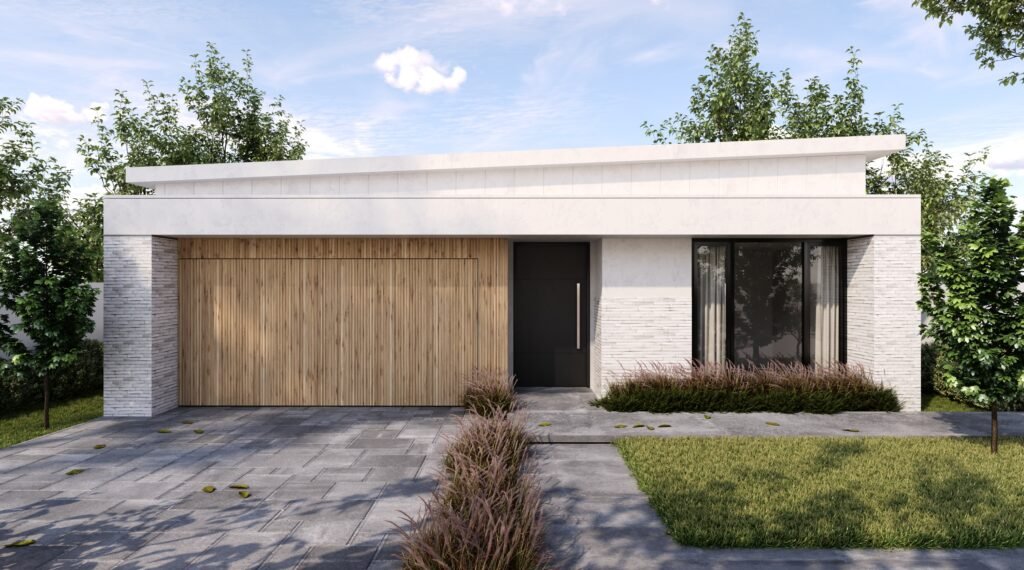
Premium Performance
Not only does steel offer durability, but it also boasts exceptional performance characteristics. We utilise advanced technology to ensure that the color is expertly bonded to the steel, preventing peeling, chipping, or cracking. Our superior painting technology protects against corrosion, ensuring vibrant color retention for years to come. With steel roofing, you can trust that your home will look great while standing the test of time.
Environmental Benefits
Choosing steel roofing is an environmentally conscious decision. Steel roofs are known for their excellent insulating properties, which help regulate temperature throughout the year. This can lead to significant energy savings and a reduced carbon footprint. Additionally, steel is a 100% recyclable material, meaning it can be repurposed at the end of its life, contributing to a more sustainable future.
Extensive On-Trend Colour Range
With a vast array of color options available, steel roofing allows you to unleash your creativity and tailor your home’s aesthetic to your personal style. At Senka Homes, we offer an extensive color palette that enables you to achieve a bespoke look, whether you prefer subtle tones to blend with your environment or bold colors that make a statement.
Water Management
Steel roofing excels in water runoff, minimising the risk of moisture absorption and water accumulation that can lead to corrosion and mildew. This feature makes steel an ideal choice for rainwater harvesting systems, allowing you to collect and utilise potable water efficiently. Effective water management helps maintain the integrity of your home while promoting sustainable practices.
Extensive On-Trend Colour Range
With a vast array of color options available, steel roofing allows you to unleash your creativity and tailor your home’s aesthetic to your personal style. We offer an extensive color palette that enables you to achieve a bespoke look, whether you prefer subtle tones to blend with your environment or bold colors that make a statement.
Lifetime Cost Saving
While the initial investment in steel roofing may be slightly higher than other materials, its long-term cost benefits are undeniable. The low-maintenance nature of steel means you won’t have to spend money on frequent repairs or replacements. Additionally, the energy efficiency of a steel roof can lead to substantial savings on utility bills over time, further enhancing its cost-effectiveness.

